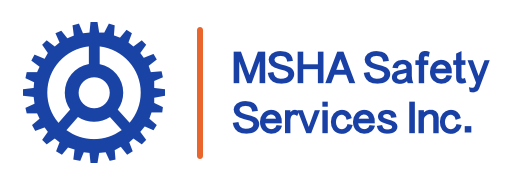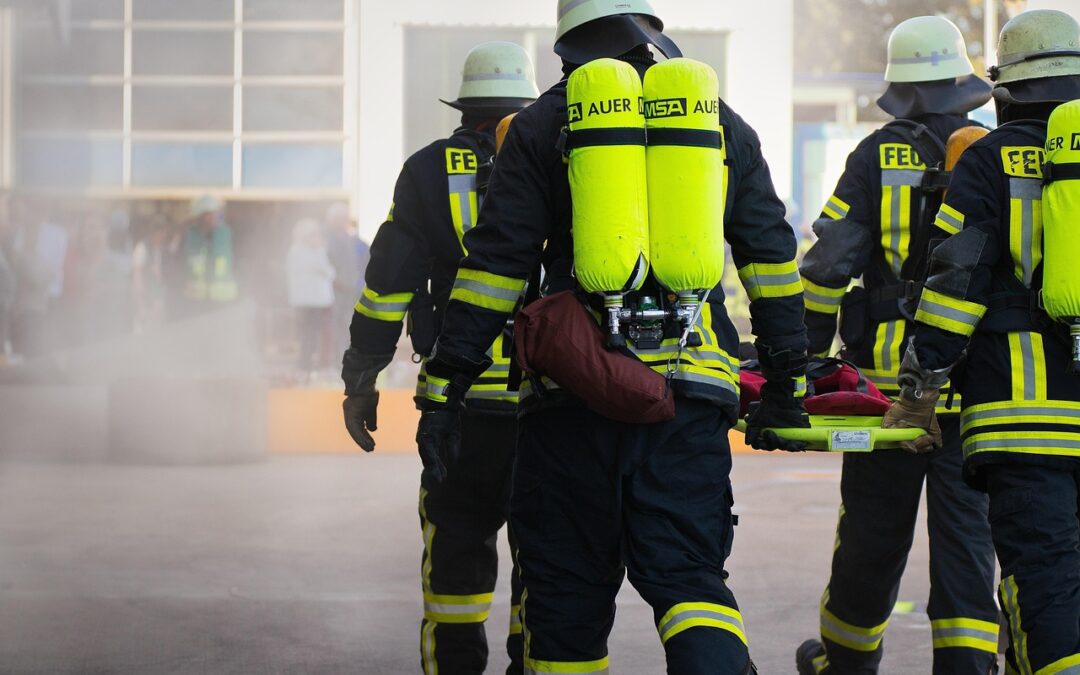In the high-risk environment of underground mining, emergencies can occur suddenly and without warning. Whether it’s a fire, explosion, toxic gas release, or roof collapse, swift and efficient evacuation procedures can save lives. This article outlines essential strategies for implementing emergency evacuation procedures. By focusing on preparation, communication, and compliance, mining companies can protect their workers and reduce the risk of injury or loss of life.
Types of Emergencies That Require Mine Evacuation
Emergencies in mines can take many forms, each requiring different responses but all demanding quick action. Common scenarios include:
- Fires from equipment or flammable gases
- Explosions due to methane buildup
- Roof falls or collapses
- Coal bursts or rock bursts
- Flooding from underground water sources
- Toxic gas leaks such as carbon monoxide
Identifying the specific risks associated with a particular mine helps tailor evacuation procedures that are most effective for that environment.
Creating an Effective and Comprehensive Evacuation Plan
A successful evacuation plan starts with a detailed risk assessment and includes clear procedures for every possible emergency. Essential elements include:
- Defined escape routes and alternative paths
- Assembly points and staging areas
- Emergency contact protocols
- Responsibilities assigned to specific roles
- Coordination with local emergency services
This plan should be reviewed regularly and updated with input from workers and safety professionals.
Key Steps and Procedures for Emergency Mine Evacuation
When an emergency strikes, every second matters. Here are the core steps involved in emergency evacuation procedures:
- Alert: Detect the emergency and notify all workers using alarms and communication systems.
- Assess: Identify the nature of the threat and determine the best evacuation path.
- Assemble: Move workers to pre-identified safe areas or exit routes.
- Account: Take a headcount and ensure no one is left behind.
- Assist: Help injured or impaired workers during evacuation.
- Communicate: Maintain communication with response teams and MSHA.
These steps should be clearly documented and rehearsed often.
Miner Training and Drills for Emergency Preparedness
Training is the backbone of a successful evacuation. All miners should be trained in:
- Emergency recognition and reporting
- Following escape routes and using self-rescuers
- Assisting coworkers who may be injured
- Responding to different emergency scenarios
Regular, realistic drills help miners respond automatically in real situations. These should include surprise drills to test true preparedness.
Safety Essentials: PPE, Evacuation Routes, and Access Points
Protective gear and route planning are essential parts of evacuation readiness. Mines should:
- Ensure all workers have and use appropriate PPE (respirators, helmets, gloves)
- Keep escape routes well-lit, mapped, and unobstructed
- Designate multiple access and egress points
These safety features should be included in daily checklists and pre-shift briefings.
Tracking and Communication Systems in Mine Emergencies
Modern tracking and communication tools increase the success of evacuations. Key technologies include:
- Personnel tracking systems using RFID or Bluetooth
- Wireless communication devices for underground use
- Centralized command centers monitoring all personnel
Reliable technology ensures that no miner is left behind and enables faster, more coordinated responses.

The Role of Supervisors and Safety Officers During Evacuations
Leadership is vital during any crisis. Supervisors and safety officers are responsible for:
- Initiating emergency procedures
- Directing workers to exits
- Communicating with command centers and first responders
- Keeping morale calm and focused
These roles should be clearly defined and practiced during drills.
Rescue Operations and On-Site Coordination
While evacuation is the first priority, rescue operations may be needed for trapped or injured miners. Effective coordination includes:
- Assigning rescue teams equipped with proper gear
- Keeping staging areas organized
- Sharing updates with outside emergency agencies
Time and teamwork are critical to successful rescues.
Evacuation Procedures in Different Mining Environments
Evacuation plans must reflect the type of mine in question. For example:
- Underground coal mines may use directional lifelines and fresh air bases.
- Open-pit mines need wide, clear paths and mobile transportation.
- Metal/non-metal mines might require special handling of chemical leaks.
Customize plans to match site-specific challenges.
Post-Evacuation Procedures: Accountability and Medical Response
After evacuation, ensure all personnel are accounted for and treated. Post-evacuation steps include:
- Headcounts using tracking systems
- Medical assessments and first aid
- Psychological support for trauma
- Documentation and debriefing for lessons learned
This follow-up stage is critical for miner health and procedural improvement.
MSHA’s Emergency Response Standards and Compliance
The Mine Safety and Health Administration (MSHA) sets the standard for safe evacuation. Key requirements include:
- Maintaining a written emergency response plan (ERP)
- Regular training and drills
- Availability of rescue equipment and trained personnel
- Reporting incidents and reviewing response protocols
Following MSHA standards for emergency evacuation procedures protects both workers and companies from devastating consequences.
Lessons Learned from Past Mine Emergencies
Historical mining incidents teach valuable lessons. From the Sago Mine disaster to the Quecreek rescue, we’ve learned the importance of:
- Backup communication systems
- Pre-established rescue plans
- Rapid decision-making
Studying past events helps improve modern safety measures.
Advancing Miner Safety Through Preparedness and Compliance
Safety in mining is not an accident—it’s the result of planning, training, and teamwork. By investing in strong emergency evacuation procedures, mines not only meet legal standards but also build a culture of care and preparedness. Every life saved proves the value of prevention and preparation.

